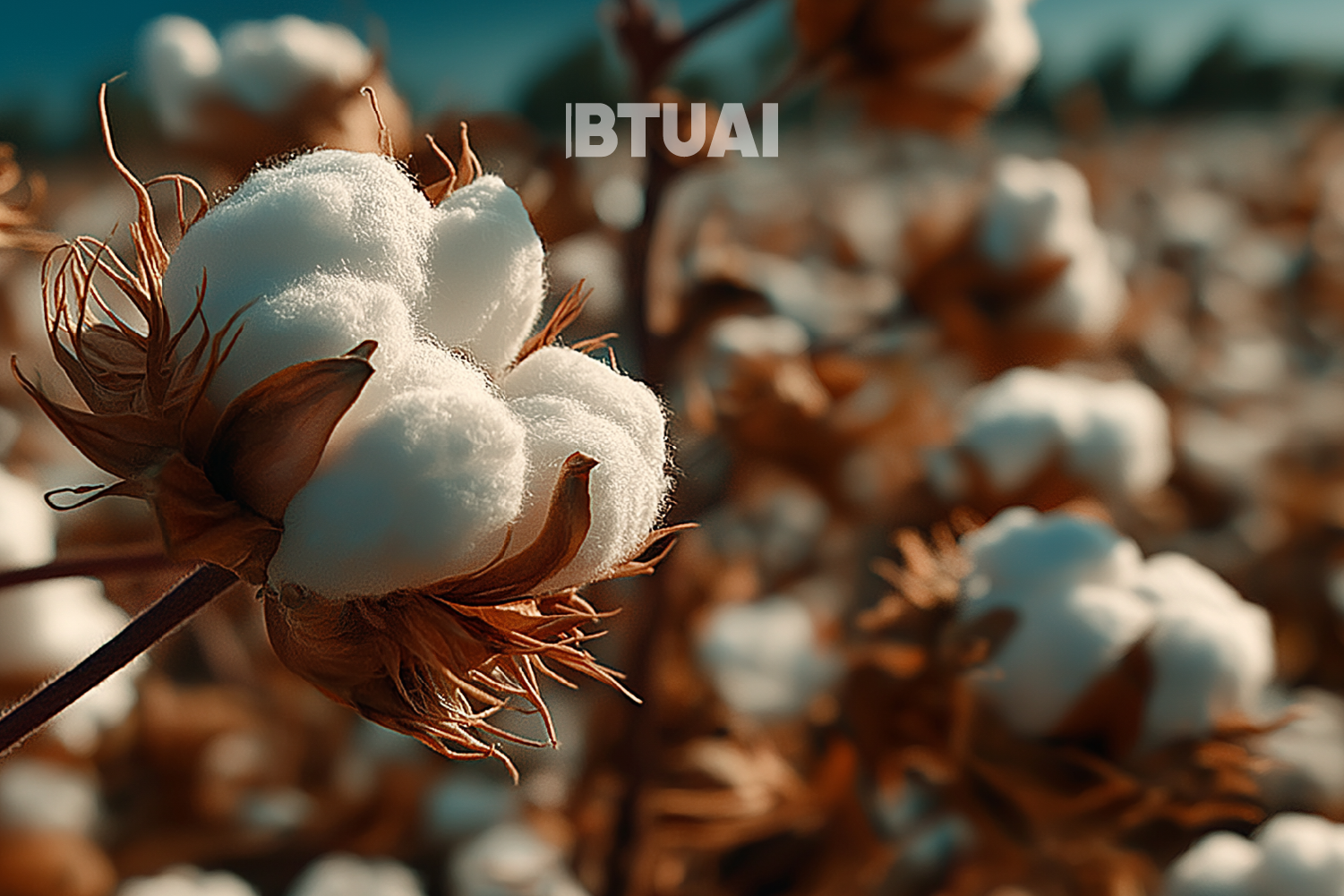Trends in Georgia’s Cotton Imports and Challenges of the Textile Sector
In 2024, Georgia imported about 5.5 million USD worth of cotton (ITC). In quantitative terms this figure may look

In 2024, Georgia imported about 5.5 million USD worth of cotton (ITC). In quantitative terms this figure may look modest compared to other large commodity groups entering the country, yet its economic and social significance is far greater. Cotton is the key raw material for the textile and apparel industry, which is particularly developed in the Adjara region, where thousands of jobs depend directly on this sector.
Domestic production of cotton in Georgia practically does not exist, which makes the entire sector fully dependent on imports. The statistics show a strong concentration: over 65% comes from Turkey, the second largest supplier is China with about 18%, while in third place is Azerbaijan, whose share has reached 7–8%. The remainder comes in small quantities from Italy, Belarus, Ukraine, and several other countries.
Turkey ranks 9th globally in cotton exports with a 4% share, but is Georgia’s main supplier. This is explained both by geographical proximity, relatively low logistics costs, and free trade agreements. China, the global leader in cotton exports, accounts for a relatively smaller share in Georgia’s market, but remains an important alternative. The most striking case is Azerbaijan: between 2020 and 2024, its cotton exports to Georgia doubled, and in 2024 alone grew by 377%. This may reflect new trade routes, expanded transit, or regional political arrangements.
The import dynamics are somewhat paradoxical. The overall trend is slightly declining, particularly due to a drop in Turkey’s share, possibly because of quality, pricing, or competitive pressures. Meanwhile, China and Azerbaijan are increasing their roles. Italy and Ukraine, although small in volume, show sharp increases – for example, Italy’s exports grew by 128% in just one year, pointing to the potential for strengthening European channels.
In Georgia, cotton imports are directly linked to the apparel industry, which largely operates under the cut-make-trim model. In Adjara, Turkish-invested factories – including Ajara Textile – produce sportswear for global brands such as Nike, Adidas, and Puma. These factories provide significant employment, yet the local value added is limited: most of the cost lies in the imported raw material, while the finished garments are often sent back to Turkey for final processing before being exported to the EU and other markets.
The main structural weakness of the sector is complete import-dependence on raw material. Since there is no local cotton production, 55–65% of production costs go to raw material purchases. This makes Georgian firms vulnerable to both global price fluctuations and logistics disruptions. For example, depreciation of the Turkish lira or temporary interruptions in transit routes directly impact local producers.
There are opportunities created by the Deep and Comprehensive Free Trade Area (DCFTA) with the EU. This allows Georgia to export cotton-based products duty-free to the EU market, but under the rule of “diagonal cumulation”: part of the raw material must originate either from Georgia or Turkey. On the one hand, this encourages integration with Turkey and attracts investment, but on the other, it deepens dependence on Turkish supply.
This situation raises strategic questions. Why is Turkey losing share in Georgia’s imports? What role do China and Azerbaijan play in this process? Can Georgia diversify imports enough to reduce dependency on a single supplier? How can local businesses expand the value chain – for example, by establishing factories to process yarn and fabric, which would create new jobs and strengthen the domestic economy?
Another important issue is whether Georgia can use cotton imports as a platform to become a regional hub. If textile and apparel production is strengthened, the country could shift from being only a contract manufacturer for foreign brands to developing its own labels and products. Synergies with tourism, fashion, and advertising industries could then create new economic opportunities.
Cotton may seem like a small segment by volume, but its economic and social significance for Georgia is large. It defines the structure of the textile sector, the incomes of thousands of workers, and Georgia’s participation in regional value chains. This is why the country faces the task of building a more sustainable, diversified, and locally value-oriented model around this small but strategic commodity – a model based not only on imports but also on developing domestic economic capabilities.
In the long run, if Georgia establishes even small-scale facilities for processing yarn, fabric, or semi-finished products, the country could increase its domestic value added. Georgian textiles could then transform from being just contract manufacturers to becoming regional players with their own presence in international markets.




